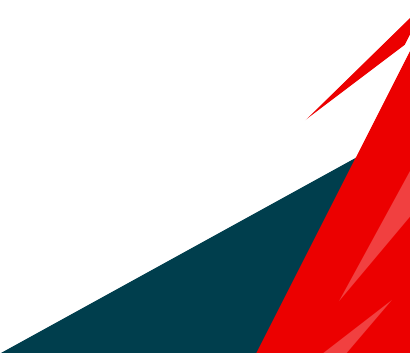Canadian mortgage borrowers continued to see their interest costs climb in the second quarter, which have now soared over 80% since the Bank of Canada started raising interest rates.
On a quarterly basis, mortgage interest payments were up another 5% to $92 billion in the second quarter, Statistics Canada reported on Wednesday. StatCan noted the pace of growth has slowed from the double-digit pace seen during the four preceding quarters.
The data were released as part of the agency’s Q2 national balance sheet and financial flow accounts. These figures represent the increase in interest costs in dollar terms, which is different from StatCan’s per capita measure included in the monthly inflation data, which is up 30% year-over-year.
At the same time, obligated mortgage principal payments were down another 1.1% in the quarter as “interest continued to account for a greater share of households’ total mortgage payments,” StatCan noted.
Mortgage borrowing falls to 18-year low
Overall household borrowing fell to its lowest level since 2020, and the second-lowest level since 2003. Households borrowed $17.1 billion in funds in Q2, extending the trend of slower borrowing demand seen over the past three quarters.
The slowdown was driven by a marked slowdown in demand for mortgage loans, which fell to its lowest point since 2005, Statistics Canada noted.
“Demand for mortgage loans fell amid the Bank’s two rate hikes in June and July,” noted BMO economist Shelly Kaushik. “Looking ahead, elevated interest rates should continue to weigh on mortgage demand in the coming quarters.”
Income gains outpace debt service costs
The total debt-service ratio (total household debt payments relative to personal disposable income) fell slightly to 14.8% in Q2 from 14.9% in Q1, which was its highest point since 2019.
“Stronger growth in aggregate disposable income helped deflate the ratio,” StatCan noted, while adding that income gains were not shared among all income brackets.
Kaushik said the jump in household disposable income was powered by the tight labour market, but expects a cooling of the job market will “likely slow income growth” in the quarters ahead.
“Elevated household debt remains a notable headwind to consumer spending, especially as mortgages come to renewal, leading to an expected slowdown in broader economic activity through the rest of the year,” she added.
Maria Solovieva at TD Economics said that while the report includes some improvements concerning the state of Canadian households in the first half of the year—such as an increase in household wealth, rising real estate valuations and strong disposable income growth—they also “mask the pain felt by some Canadian households.”
“The recent rise in debt servicing costs at a time of a still rampant inflation will limit wealth’s contribution to spending,” she wrote. “The Bank of Canada will need to maintain a close watch on household credit performance as higher interest rates continue to weigh on Canadian households this year.”
Other mortgage and real estate highlights
Other highlights from the latest quarterly report include:
Household net worth grew by $256.4 billion (+1.6% from Q1)
Household savings rate grew 0.7% in the quarter, its slowest pace since Q1 2021
Mortgage debt-service ratio (interest only) rose to 5.29% from 5.18%
Debt payments were up 2% quarter-over-quarter, or 16% year-over-year
Value of household residential real estate rose 2% (+$159 billion) due to a rise in real estate prices during the traditionally stronger spring homebuying season


